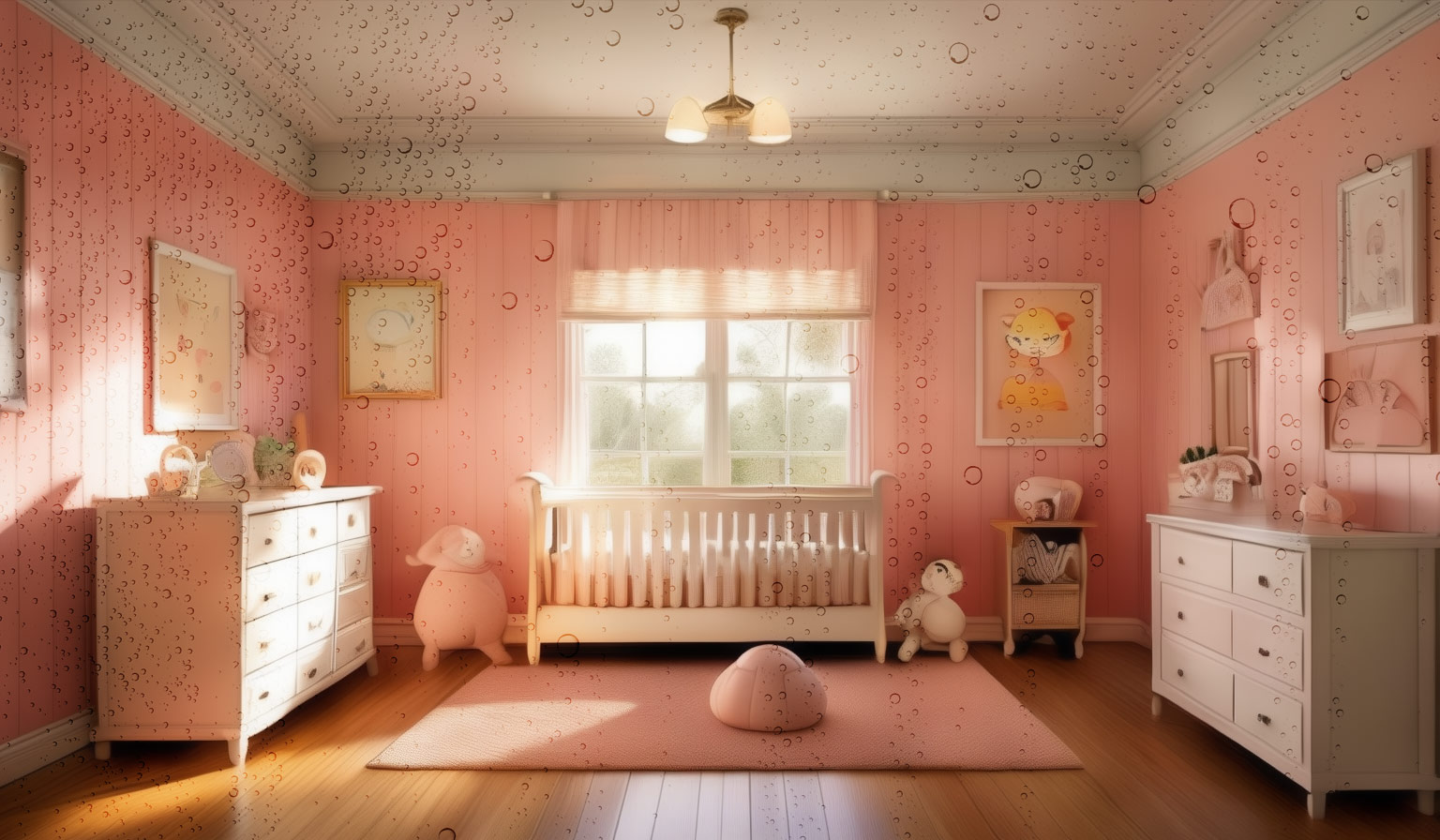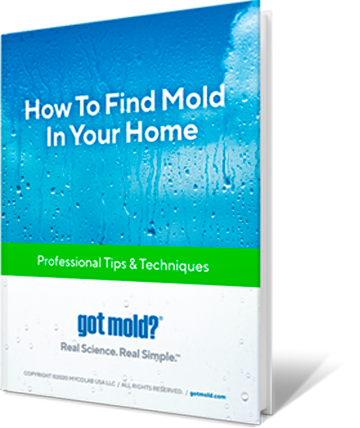
You don’t need us to tell you that water is essential to life. Yet when it comes to our homes, you may not realize that too much moisture can lead to problems that are far more than just annoying.
Excess humidity encourages the growth of mold and allergens, which can have serious impacts on the health and comfort of you and your family. Adding insult to injury, unchecked mold growth will, over time, cause significant structural and financial damage to your living space. Life is complicated and expensive enough without having to rebuild your home while living in it.
On the flip side, too little moisture is no day at the carnival, either.
An extra-dry indoor environment is harmful to adults, but it’s especially perilous for little ones, commonly resulting in dry sinuses, congestion, bloody noses, and respiratory discomfort that can run the gamut of severity. Moisture elimination in your air is not the goal.
Moisture control is.
We have a longer piece on this topic here. But for your purposes, since you might be short on sleep or time or cognitive function (Kids! Yay!), we’ll give you the high points — effective guidelines to help manage proper humidity levels.
- Monitor Humidity Levels 📈
Start by knowing the humidity in your home. A humidity gauge, or hygrometer, can be a small but critical tool. You want to stay in the “Goldilocks” range of 40-60% RH, with an ideal target of 45%. Monitoring allows you to take action before moisture becomes a problem. We’ll talk more about sensors in an upcoming blog post.

- Utilize Dehumidifiers 💧
A dehumidifier can be especially useful in damp areas of your home, such as basements or bathrooms. These devices help maintain optimal humidity levels by pulling water from the air, reducing the risk of mold growth and allergens. But again, it’s all about balance—too little humidity can be problematic, inflaming respiratory conditions and wreaking havoc on the sinuses. So don’t overdo it. Set it at the low-end of the range and keep your eye on it. 👀
Pro Tip: Set it up your humidifiers so that they automatically drain into a sump pump or sink. Otherwise, you’ll have to add emptying them to the ever-loving list of God-knows-what things parenting has in store on any given day. Forgetting to do so, in that context, is all but guaranteed.
- Proper Use of Air Conditioning
Air conditioning doesn’t just cool your home (and curtail the sweat gushing from Uncle Bob’s face and body) — it helps remove moisture from the air, similar in effect to a dehumidifier. During hot, humid months, ensure your AC units are functioning efficiently and not leaking into your home. Regular maintenance, like replacing filter often, helps prevent mold growth inside the units, so that your not directly filling your air with pollutants. (Uncle Bob is bad enough.)
- Use Exhaust Vents 💨
Kitchens and bathrooms are moisture hotspots. Use exhaust vents when taking showers to expel excess humidity directly outside, preventing it from circulating throughout your home. Exhaust vents are also important when cooking, especially if you have a gas stove or oven.
But beware! Many buildings — more than you would imagine — have vents whose only real function is to, well…look like vents. They are purely for aesthetics, or they vent the dirty air into another area of the house, shifting it, not removing it. All exhaust vents, like kids on a beautiful spring day, should end up outside.
- Address Leaks Promptly
Having to deal with a flood or leak in your home is a spectacular way to ruin a day. But putting it off can have lasting effects. According to the US EPA, mold can grow in as little as 24-48 hours, especially on drywall, so it’s important to address leaks and floods quickly. To be at the top of your game, use digital leak sensors in moisture-prone areas to detect problems early, especially unfinished basements and other places that are generally out of sight and out of mind.
- Avoid Over-Humidifying
While humidifiers can be beneficial in dry climates or seasons, overuse can tip the balance towards too much moisture, which can create a sort of DIY rainforest and usher in a whole bevy of issues (including bugs). Use them only as needed, especially in your baby’s nursery, to maintain that ideal 40-60% “Goldilocks” humidity range, again with a target of 45%.
There’s no shortage of different humidifier types on the market, each with different features and levels of effectiveness. Getting the right one for your situation matters tremendously. So before you buy, do your homework. Like the good ol’ days.
7. Be Defensive
Sometimes the best offense is a good defense. Keeping grout and caulk in good condition in areas like bathrooms and kitchens prevents water from seeping into walls and under floors, where it can cause mold growth and structural damage. And when you’re done getting your grout on, be sure your home’s gutters are clean and free from debris, with a discharge 6-10 feet from the house. The distance helps rainwater flow away from your home, preventing accumulation around the foundation, which can lead to damp basements and compromised structural integrity.
Scheduling seasonal maintenance checks can catch small issues before they turn into bigger problems.
The Bottom Line
Effective moisture control takes a combination of vigilance and regular maintenance. Doing so will protect your home from potential damage, and contribute to a safe, nurturing environment for your little one to thrive in. It’s not always easy, but when your precious little angel is throwing pureed peas on the wall and wailing at the top of their little lungs, you’ll appreciate that you at least have control over something.
Up Next… Breathe Easy: Test, Don’t Guess!

